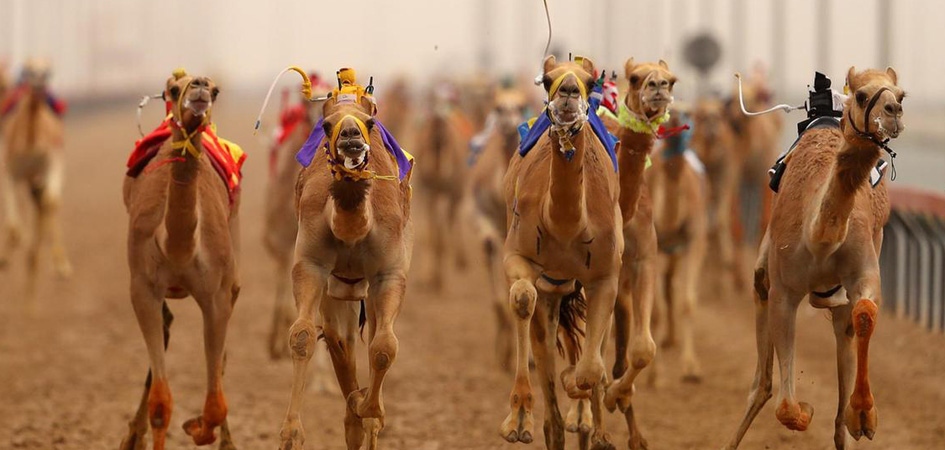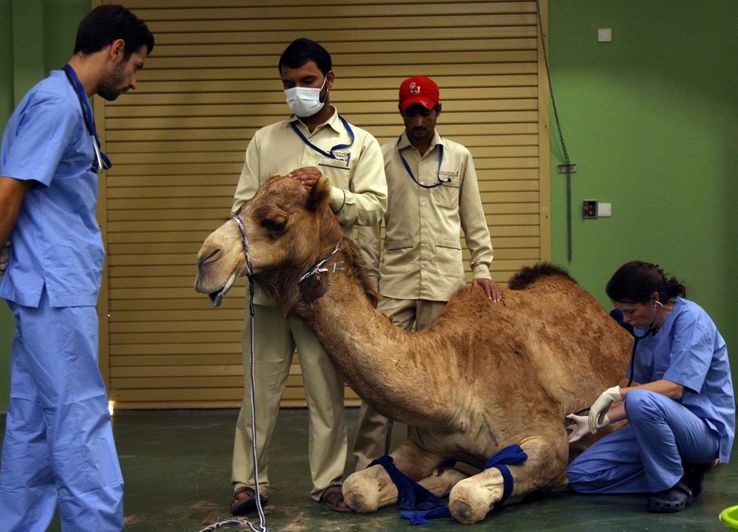Camel Form And Fitness: 10 Tips For Predicting Camel Racing.
It is essential to determine the race camel’s physical strength and health in order to accurately predict its performance. A camel’s current state, fitness level, and performance over the last few months may influence its chances of success. Here are 10 guidelines to assess camel’s appearance and fitness when assessing racing predictions:
Check Recent Race Performance
Race Results. Look at the performance of camels in recent races. Pay attention to their finishing times, results, and any notable improvement or change. Consistent high performance or recent slumps in form could give insight into the current performance.
2. Camel Condition: Physical Examination
Physical Health: Assess the overall physical health of the camel. This includes its muscle tone, weight and any injuries or signs. A healthy camel will have good muscle tone and a good weight.
3. You should look for indications of injury or healing if you have recently been injured.
Injury Impact: Examine to determine if your camel was recently injured or is recovering. Rehab or injuries that have occurred recently can affect performance. Knowing the recovery status is essential.
4. Monitor the Camel’s training regimen
Make sure that the camel training program improves fitness and performance. A well-planned training program must include stamina-building, speed work, and recovery periods.
5. Camel Weight and Condition should be evaluated
Weight management: Ensure that the camel’s weight is within the normal range. Camels with excess weight or underweight may have difficulty doing their best. Weight management is essential for maximum fitness.
6. Consider the Camel’s Recovery Between Races
Evaluation of recovery times: Determine the amount time the camel spent recovering between races. Insufficient rest could lead to fatigue and decreased performance. To ensure that you are performing at your best it is essential to rest enough.
Camel’s ability to adapt to various situations
Condition Adaptability: Assess the degree to which the camel is able to adapt to different conditions on the track, like different weather conditions or surfaces. The fitness level of a camel can be affected by its ability to adapt to changing conditions.
8. Examine for indicators of Mental and Emotional Well-Being
The way a person behaves can affect the performance of a camel. Stress, anxiety or bad behavior could affect racing outcomes. Be sure that the horse appears at peace and focused.
9. Examine the Camel’s Recent Workouts and trials
Workout Performance: Check results from recent workouts or trials. These sessions provide valuable information about the camel’s current fitness level, and their readiness to compete.
10. Assessing the Camel’s Diet
Quality of the diet: It is important to examine the diet of your camel, since proper nutrition is important to keep you fit. It is crucial to follow an eating plan that is energy-rich and encourages muscle growth.
You can increase the accuracy of your predictions by carefully examining the aspects of fitness and shape. Take a look at the top Camel Racing Predictions for blog recommendations including betting tips, daily betting, betting today, racing tips, betting picks today, picks for today, picks predictions, tennis prediction for tomorrow, game predictions for tonight, best tennis predictions today and more.

Camel Racing Predictions And Distance And Race Type: 10 Tips
When evaluating the results of camel racing, it is important to consider the type and distance of the race. Race duration and race type may have an impact on the strength and weaknesses of each camel. Here are 10 tips to help you evaluate race distance and type when you are predicting camel races:
1. Camel Preferred Distance
Distance suitability: Each camel has the ability to perform at its best when it is over a specific distance. Examine a camel’s previous performance to see if it is most effective at sprinting, racing across middle distances, or running long distances. Camels that perform well at the same distances previously are more likely to be successful again.
2. Examine the performance of different races
Race Variability Camel racing can be divided into endurance races, sprint races, and middle-distance races. Find out how the camel did in each race. A camel can be a great performer in sprints and less effective in long races.
3. Camel Racing History
Historical Performance Review the race history of camels to find out how it has performed at different distances and types of races. Consistently high performance in certain race types could be a good indicator of future success under similar conditions.
4. Camel Speed, Stamina and Strength:
Stamina and speed Stamina Sprinters are able to run at a high level of speed, however they can struggle to cover long distances. Endurance camels on other hand are built to run stamina-focused. Check if the characteristics of the camel are in line with the race distance and kind.
5. Examine the Track Conditions and How They Affect Distance
Track Influence: Different track conditions can impact performance over various distances. For instance, a soft track with a sandy surface could be more challenging for longer distances. You should consider how the conditions of the tracks will impact the camels’ strengths.
6. Take a Look at Recent Race Distance Trends
Distance adaptation. If the camel raced recently in a distance which was different from that of the upcoming race, think about the effect this may have on its performance. Camels adapted to racing at different distances are likely to be more successful.
7. Study the jockey’s previous experience at distance
The role of the jockey jockey’s experience and strategies can influence the performance of a camel across various distances. A jockey who is adept at managing the energy of a camel across long distances and sprint races can make an important difference.
8. Analyze your Competition
Check your camel’s performance against competitors in terms distance and race type. Compare the camels strengths and weakness to those of competitors to gauge the potential of it.
9. Consider the Camel Training Regimen
Training Priority: The program of training for a camel may be focused on speed-building for sprints, or endurance for longer races. Check if the preparation of a camel is aligned with the type and length of the forthcoming races.
10. Changes to the race distance or the race type
Adjustments: Pay attention to any changes in the race distance or format from previous patterns. A race that has changed its structure or distance could impact the performance of the camel especially if it is more suited to previously-established conditions.
It is easier to predict the way a race camel will perform by considering its strengths and weaknesses in relation to the distance and type. Take a look at the top Camel Racing for more tips including betting prediction sites, tennis betting predictions, betting winning tips, predictem free picks, picks for today, betting picks, tennis betting predictions, tennis picks today, best prediction, bet prediction and more.
